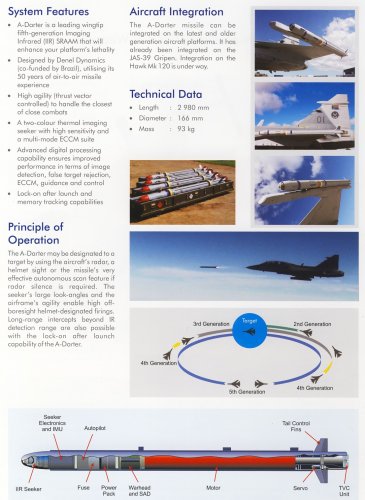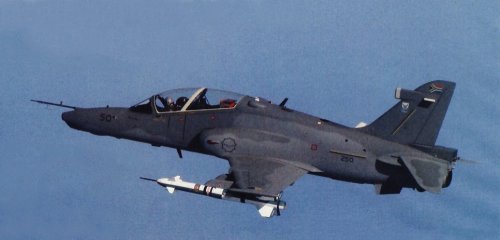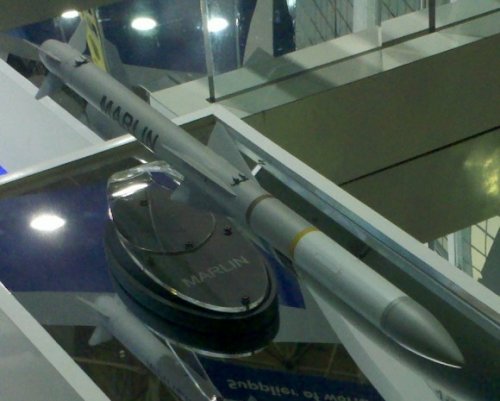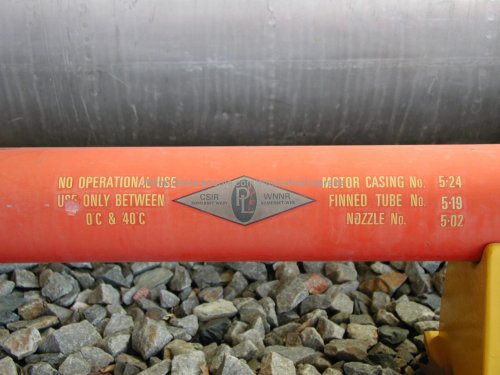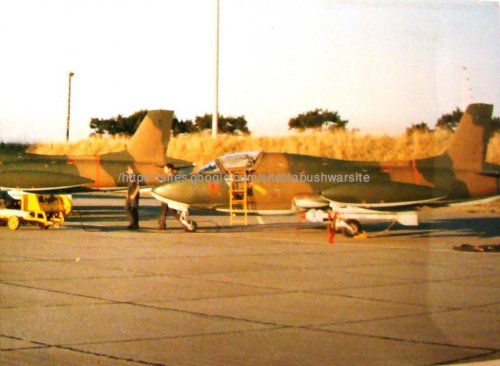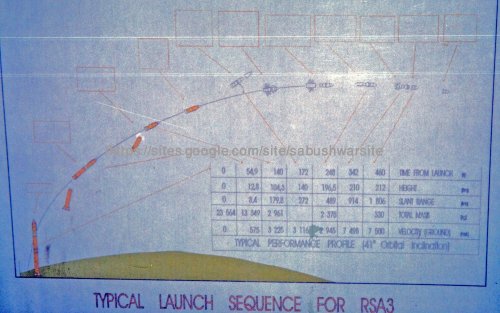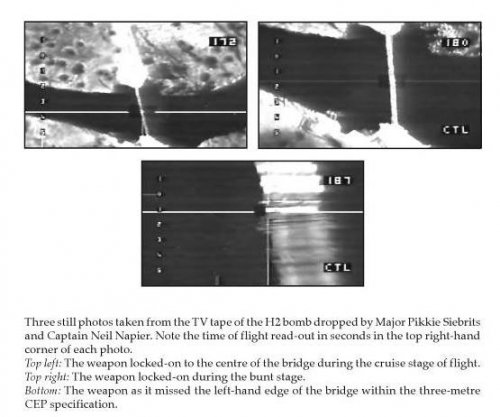Graugrun
ACCESS: Top Secret
- Joined
- 17 May 2011
- Messages
- 853
- Reaction score
- 1,192
Taking advantage of the fact that this is still a prototype (production will only start in 2015), here is some info on the A-Darter AAM.
First mentioned in late 1994 as being about two years away from development - and then finally revealed in mid 1997, it languished on the back-burner for many years until a joint development contract was signed with Brazil in 2006.
Targets can designated by the aircraft's radar, pilot's helmet sight or autonomously using the A-Darter's own auto-scan feature (which apparently is extremely fast and precise, locking onto targets in just one scan 98% of the time). Little is published about it's range, however one or two reports mention 25 km's. Thrust vectoring and helmet sight designation naturally allow for over the shoulder shots - a high sensitivity two colour thermal imaging seeker includes a multimode ECCM suite. High off-boresight capability (90 degrees IIRC) and very low smoke and launch signature (much more difficult for the aircraft being attacked to realise a AAM has been launched against him - note launch pic in brochure below).
Various smart digital processing allows improved performance in terms of image detection, ECCM, false target rejection and guidance and control. The feedback from the Swedish test Gripen pilots who tested it and who are very familiar with IRIS-T was that it had some benefits over IRIS-T and is a actually "a very cool missile".
That's all good and well though AFAIC, it needs to be battle tested to really prove itself and determine how good it really is. For example we learnt a few lessons in that regard during our Border War - take the French Magic AAM we had used (amongst others), it showed a clear tendency to constantly detonate prematurely about 10 meters or so behind the exhaust plume of of the target aircraft (as a couple of our gun camera photos testify to - as soon as I re-find them I will post) - a couple of Cuban/Russian Mig 23 pilots can thank their lucky stars for that!
An interesting link with pics to some of our air-air encounters/combat with the Russians/Cubans in Angola here: http://www.acig.org/artman/publish/article_184.shtml
Further envisaged development include a A-Darter light, A-Darter Extended Range, and a ASM version. There are also projects to develop an A-Darter Mk2 and later a Mk3.
Below is an earlier brochure (before Brazil joined) and a later one - the later development has shorter strakes and four small fins near the seeker nose.
First mentioned in late 1994 as being about two years away from development - and then finally revealed in mid 1997, it languished on the back-burner for many years until a joint development contract was signed with Brazil in 2006.
Targets can designated by the aircraft's radar, pilot's helmet sight or autonomously using the A-Darter's own auto-scan feature (which apparently is extremely fast and precise, locking onto targets in just one scan 98% of the time). Little is published about it's range, however one or two reports mention 25 km's. Thrust vectoring and helmet sight designation naturally allow for over the shoulder shots - a high sensitivity two colour thermal imaging seeker includes a multimode ECCM suite. High off-boresight capability (90 degrees IIRC) and very low smoke and launch signature (much more difficult for the aircraft being attacked to realise a AAM has been launched against him - note launch pic in brochure below).
Various smart digital processing allows improved performance in terms of image detection, ECCM, false target rejection and guidance and control. The feedback from the Swedish test Gripen pilots who tested it and who are very familiar with IRIS-T was that it had some benefits over IRIS-T and is a actually "a very cool missile".
That's all good and well though AFAIC, it needs to be battle tested to really prove itself and determine how good it really is. For example we learnt a few lessons in that regard during our Border War - take the French Magic AAM we had used (amongst others), it showed a clear tendency to constantly detonate prematurely about 10 meters or so behind the exhaust plume of of the target aircraft (as a couple of our gun camera photos testify to - as soon as I re-find them I will post) - a couple of Cuban/Russian Mig 23 pilots can thank their lucky stars for that!
An interesting link with pics to some of our air-air encounters/combat with the Russians/Cubans in Angola here: http://www.acig.org/artman/publish/article_184.shtml
Further envisaged development include a A-Darter light, A-Darter Extended Range, and a ASM version. There are also projects to develop an A-Darter Mk2 and later a Mk3.
Below is an earlier brochure (before Brazil joined) and a later one - the later development has shorter strakes and four small fins near the seeker nose.




